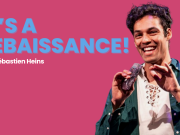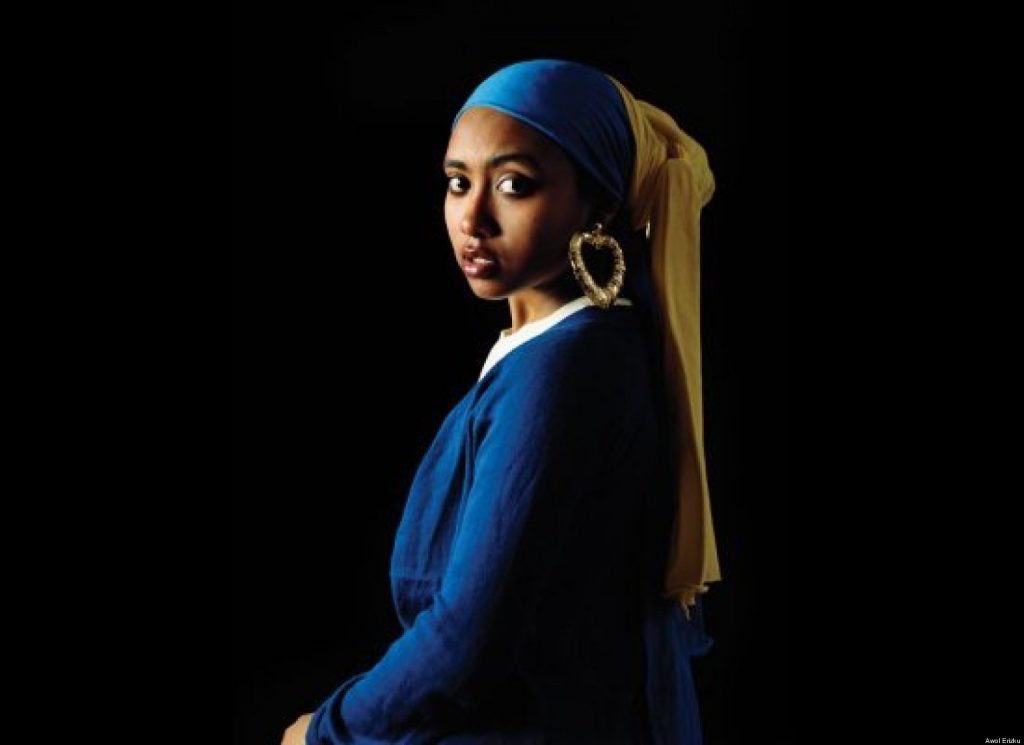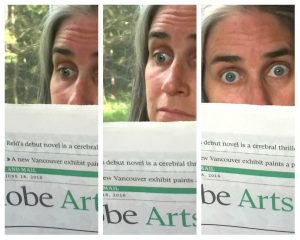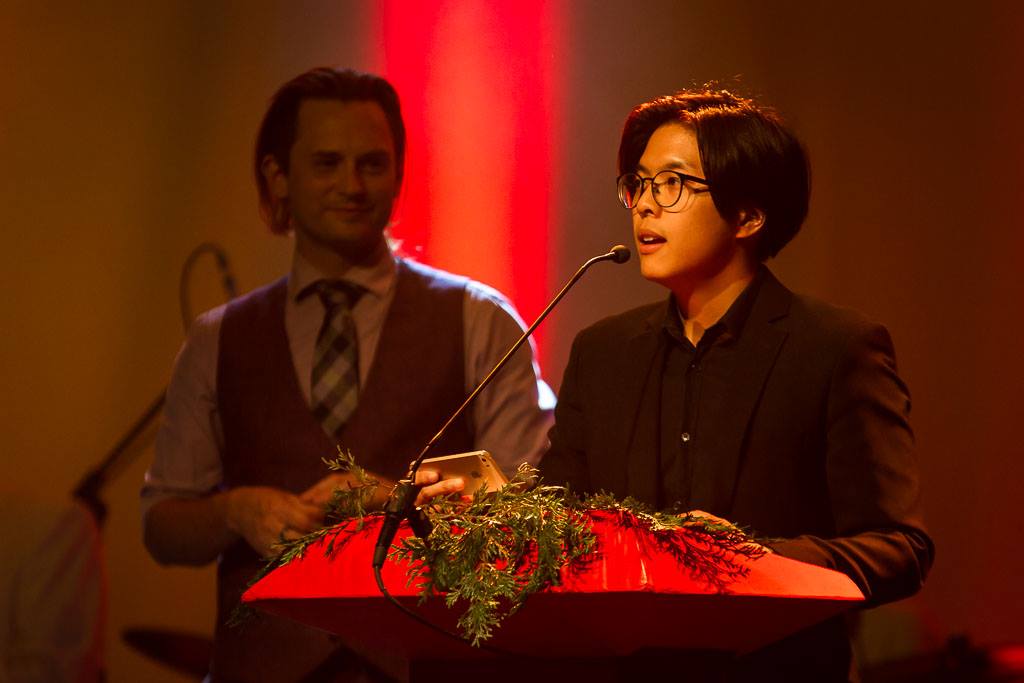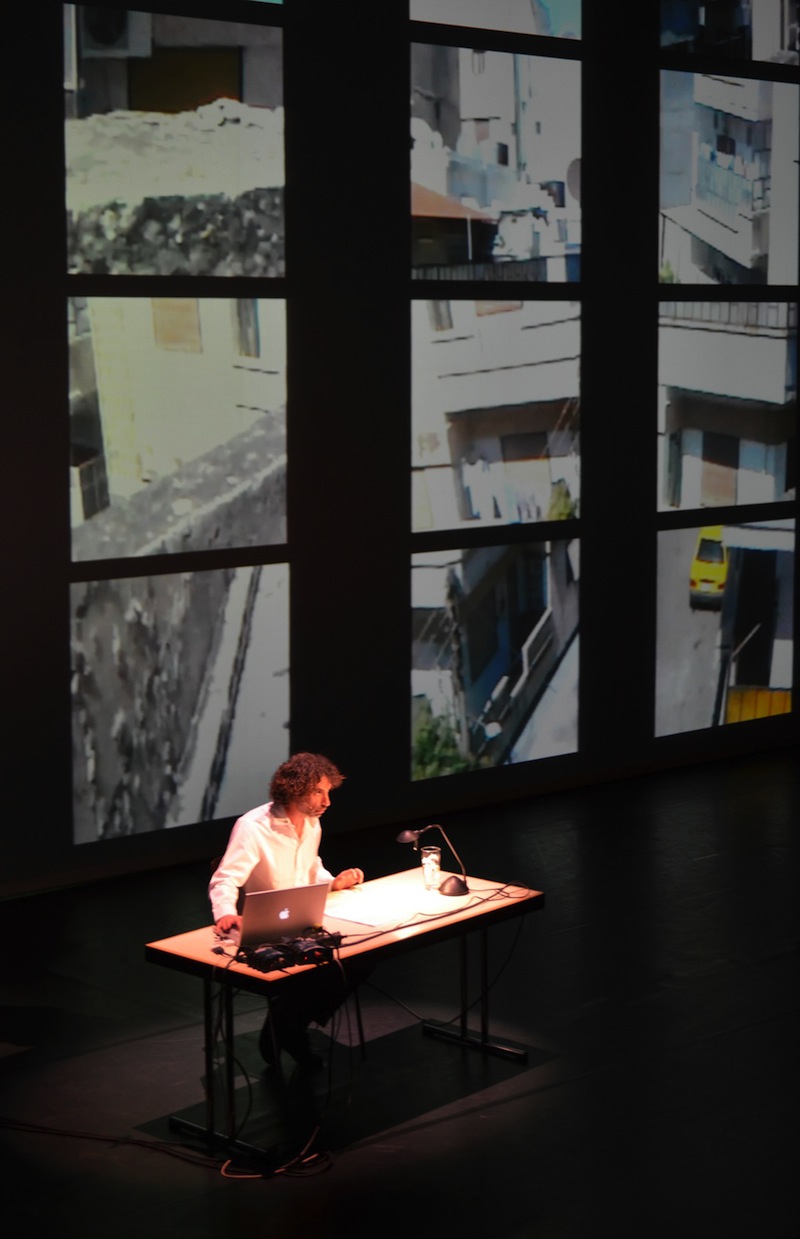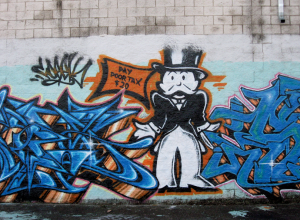Podcast: Play in new window | Download
Subscribe: Apple Podcasts |
Okay. How my body and is about how I always think about it. Am I good son? How can I tell you if I didn’t like it? How often do I lie? How I was really, really attracted to that statue at the park. How I cried at the parade. How love is love misses the point which is actually more just sex is sex. How can I excuse myself from exhausting conversations? How can I be more easy? How can I break my patterns? How can I have a good time at the barbeque? How listening is hearing something I don’t agree with and not immediately opening my mouth. Can you give up without losing?
Hi, I’m Stewart Legere and this is my second thought. If I have to remember something fast, I will send myself a text. And these are the last number of texts I have sent myself. A Montreal phone number. What appears to be an Oklahoma phone number. Send Sue updated bio. The book of salt. The Salvation army. Bike rack. He can split a nine-dollar bill into 3 parts. Dress from Louisa. This is my star. Water bearers. Slow learners. Bipocalyse. A picture of me eating a popsicle. Text Karen. Sound advice. Never mirror. A picture of Snow White singing with a caption under it saying “this could be you” underneath. Your money is under the mattress. A drifting hunter. A picture of an empty room. A naked picture of myself. Women’s hats through time.
Hi, this is Stewart Legere and here’s my third thought. I have been away from home for 2 months, and last night was the first full night I spent home alone in my apartment. I looked around and these are some things that stood out to me. On a shelf a ceramic urn I took from my grandmother’s house before she died inside there’s 2 dried roses one for me and one I was supposed to give to someone – I forget who. On my fridge a card that says if you can practice even while distracted you are well trained. On my fridge a picture of me drawn by a friend’s kid in it I am holding a glass of wine as big as my head. A piece of origami I bought from a kid at the market she says it was of a dinosaur’s foot, but I honestly don’t see it. The beautiful writing desk, given to me by Tyler before he left for Chicago. A painting of a swing set balancing on the edge of a volcano. I used to have another one in the series of a swing set floating in deep spaceI wonder where that went.
Hi, I’m Stewart Legere and this is my fourth thought.
This morning I woke up thinking about new year’s. I really don’t make resolutions because I am HO, guilt is bullshit and a very poor motivator,
But I do love new years
I love the arbitrary reboot of intention
A few years ago, in a moment of weakness, I broke tradition and resolved this at midnight
This year Don’t take unsolicited advice, parentheses, to heart
Last year I did it again I wrote myself a poem and read it aloud to myself at midnight. It read
“This year, a reminder, you are mostly the inside parts.”
Hi, I’m Stewart Legere and this is my fifth thought.
An example of something I might say to myself or share with someone else so they could say it to themselves… if either of us thought we needed it, and if we thought that it was true.
Hey, sit calmly inside whatever you do. Outside that is chaos but inside that is calm and inside the calm a fucking storm and inside the storm a dead silent pool inside that an awful fire, inside that a whole new sky inside that a brawl…and somewhere inside the inside the inside under a pile of garbage unsuspecting…Just what I always wanted to say, just what I always meant to say, just what I always longed to be.
Hi, I’m Stewart Legere and this is my sixth thought. I have a game with my friends, list funny things to do while crying: Crying while peeling an orange, crying while playing marbles, crying while swimming. Now I am thinking about all the different things that can make you cry: Ending a relationship, death, stubbing your toe, fear and cutting onions, nostalgia, on and on. The first time I can remember seeing my dad cry I was a little kid and my cousin and I were out in the country and we wandered off and got lost in the woods for hours. It was dark. Eventually we found the road, picked a direction and walked back to what we hoped was home. Hours later we heard someone calling our names, and there was my dad, flashlight, searching and crying in the road. It was also the first time I remember hearing him swear. You scared the shit out of me. I am not going to have children and it strikes me that my child getting lost is one thing that will never make me cry.
Hi, I’m Stewart Legere and this is my seventh thought.
There is a tall curved restaurant that sits on top of a hotel in my home town. A few years ago I was walking down the street and it came into view, and I thought…hunh…that’s not a rotating restaurant. I’m 33 years old. As a child I must have learned that rotating restaurants were round and this building is round so I just assumed, and never went back in, to correct the thought. It’s not that I actively thought the restaurant ontop of the hotel was rotating – of course I knew it wasn’t – but the germ of the thought still lived in my brain and it took an active intervention to fix it because I never went in and clarified some young small part of me still held this silly little thought to be true. I wonder how many of those are in there? Probably a lot. Probably many. I’m sure some of them are cute, like that one, and I’m sure many aren’t. Where are the ones that affect the way I feel about people I have never met? What about the ones that collect and collect and influence how I see the world and my place in it? I need to go in there. I need to catch them all. This is probably going to take a while. I should get to work.
hi my name is stewart legere and this is my 8th thought
today i worked in a building from early morning until nightfall
twelve hours
i arrived when the building was full, and didn’t leave until long after it emptied out
so that has me thinking about
life-spans
and i’m reminded of my parents’ marriage
and how flowers open and close
and about fruit flies
dead friends
dead friendships
bad ideas
best before dates
electronics
half lives
epochs
prejudices
fashion
drunkenness
orgasms
romances
how long food stays hot
flights (more specifically the time in between accelerating and taking off)
the time in between eating and feeling full
how long i think about what you say when you tell me how you feel
and now i’m thinking about formulas
how they can describe the birth and death of a problem
and how we long for elegance in their expression
and about sleep
and how it is a fertilizer
you know
life spans
hi i’m stewart legere and this is my 8th thought.
Well…thought 8.1. I cheated today and I have two.
8.1.
what to do?
go dancing, go to shows, see friends, go to things
or get in the car and leave. go camping. visit my mom. find a lake.
this feeling:
when i’m in a city a need to be part of it
compelled to get out, to sit in cafes, show up at events, be an active participant in the fray –
not always central to the action, but a proud and present cog.
conversely, when i’m in the country, or travelling far away from home,
this feeling i could be happily absorbed into the green, or the blue, never to return to civilization
sell it all – metaphorically (i don’t have anything to sell)
what is the word for that feeling? that pull in different directions?
i know on some level, as a queer person, i want to be seen
because i spent an unrefundable portion of my life unseen
but what about that other, seemingly opposite thing? the desire to be absorbed?
the undeniable suspicion i get when walking in a field,
for example, that i could happily keep walking away and never look back?
some days i long to be racing in the race
and some days i want to be the man disappearing down the dusty dirt road
and this is thought 8.2
i’m contemplating my inner voice today
it always says
you’re right
but here’s what i’m thinking:
that can’t be true.
hi i’m stewart legere and this is my 10th thought
i took the sentence
“what would we do without each other”
and put it into an anagram generator
an anagram is a word or phrase formed by rearranging the letters of another.
people often interpret the new word or phrase to deepen their understanding of the original.
often these same people believe in god
or astrology
or psychics
or that the moon landing didn’t happen
but not always
so for example you could take the word
morning
and make it
gin, norm.
and then say something like “sounds about right”
or something like that.
anyway i took the sentence
“what would we do without each other”
and put it into an anagram generator
it spit out hundreds and hundreds of new words and phrases
in myriad combinations
and none of them made any sense at all.
today i’m thinking about
tearing things apart
and building things from the pieces
sometimes the new thing is vaguely familiar
like how a baby can look like your great great grandfather
and sometimes it’s just…not
and you have to learn to love it
from scratch
hi i’m stewart legere and this is my 11th, and penultimate, thought
which is really just a memory
about three years ago i was artist in residence at videofag
the – now closed – queer performance space in kensington market, in toronto.
i was sitting alone in the middle of the space
in the middle of the night
at a table, drinking wine
writing
it was valentine’s day.
it was the night ellen page came out
earlier, i had been waiting for a guy to come meet me for a date
but i wasn’t waiting any more
it was clear he wasn’t coming
i remember how quiet it was
and the glow from my computer screen
i remember crying
and feeling very happy to be queer
i remember the wine was dry
i remember looking outside and seeing someone i knew from halifax jumping a fence across the street
and thinking
“we’re 2000 kms away from home, but i’m not going to wave”
it was one of those super rare moments in life where
everything felt clear and everything felt balanced
i felt so alive
i felt so lonely
and so sad
but so happy
very conflicted
very excited
i felt supported
but also abandoned
i was broke
but content
i was worried
i was ready
maybe like what the feeling feels like right before you bungie jump
or when you eat something that’s hot in some places and cold in others
i remember thinking
i can do this
feeling equally brave and like a liar
and, looking back, i was probably basically right
hi i’m stewart legere and this is my 12th and final thought i have a tattoo on my back, in between my shoulder blades.
it’s four words, stacked on top of each other:
believe
behave
behold
become
it’s something a mentor said to me years ago and for whatever particular reason
whatever alchemy they have always had a profound resonance with me for years, before i went onstage, i’d reach my arm awkwardly around my back, touch the tattoo and think to myself
“believe everything you are about to do. behave as though you do. behold the world around you. become the thing you want to become”
it was all very complicated and i can’t be sure it ever worked.
i don’t really do that anymore, because my rituals have changed, i guess
but more and more i find myself thinking about the words in my day to day
like:
“believe people when they tell you about themselves”…
“behave” is now more like “un-behave”
like – notice the moments when i add shit i don’t need, when i say things i don’t mean, when i lie.
“behold” i mostly just repeat and repeat.
“behold behold behold.”
and “become”…remains elusive. probably as it should.
i don’t know.
honestly, the poem is so much better without the explanation.
the poem resonates.
the poem endures.
the poem abides.
the poem is a secret.
the poem is the thing.
i imagine you have one,
right?
maybe just show it to me. don’t explain it.
it’s better that way.

